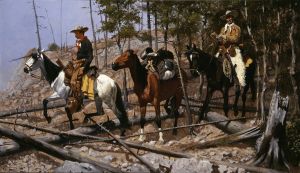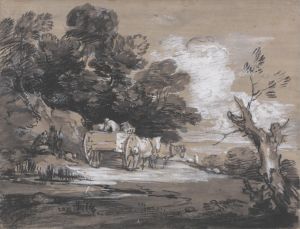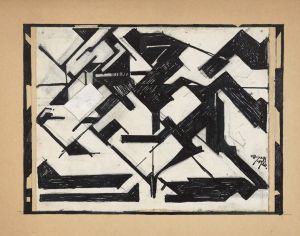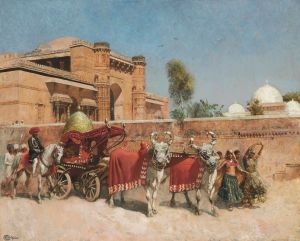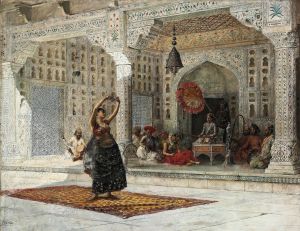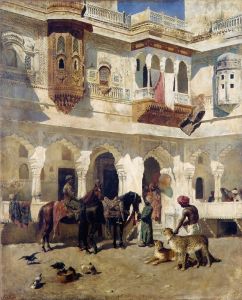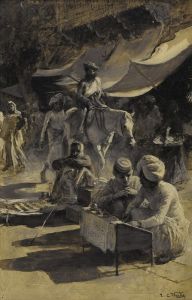
Native Gharry, or Cart
A hand-painted replica of Edwin Lord Weeks’s masterpiece Native Gharry, or Cart, meticulously crafted by professional artists to capture the true essence of the original. Each piece is created with museum-quality canvas and rare mineral pigments, carefully painted by experienced artists with delicate brushstrokes and rich, layered colors to perfectly recreate the texture of the original artwork. Unlike machine-printed reproductions, this hand-painted version brings the painting to life, infused with the artist’s emotions and skill in every stroke. Whether for personal collection or home decoration, it instantly elevates the artistic atmosphere of any space.
Edwin Lord Weeks (1849–1903) was an American artist and prominent Orientalist painter known for his depictions of scenes from the Middle East, North Africa, and South Asia. His works often captured the daily life, architecture, and landscapes of these regions, reflecting his extensive travels and keen interest in their cultures. One of his notable paintings, Native Gharry, or Cart, exemplifies his ability to portray the vibrancy and detail of life in the areas he visited.
Native Gharry, or Cart depicts a scene involving a traditional gharry, a type of horse-drawn carriage commonly used in South Asia during the 19th century. The painting showcases Weeks' characteristic attention to detail, with a focus on the textures, colors, and atmosphere of the setting. The gharry, often used for transportation in urban and rural areas, is portrayed with precision, highlighting its cultural significance as a practical and widely used mode of transport during that era.
Weeks was known for his ability to capture light and shadow, and this painting is no exception. The interplay of light on the figures, the cart, and the surrounding environment creates a sense of realism and depth. The composition reflects Weeks' skill in balancing intricate details with broader elements of the scene, drawing the viewer's attention to both the central subject and the context in which it exists.
The painting is part of Weeks' broader body of work, which often focused on the daily lives of people in the regions he explored. His travels to India, in particular, provided him with a wealth of inspiration, and many of his paintings from this period depict scenes of Indian life, architecture, and landscapes. Weeks' works are considered valuable records of the visual and cultural history of the places he visited, though they are also viewed through the lens of Orientalism, a 19th-century artistic and literary movement that often romanticized and exoticized non-Western cultures.
Today, Native Gharry, or Cart is recognized as an example of Weeks' mastery in capturing the essence of the scenes he witnessed during his travels. His works are held in various collections and continue to be studied for their artistic and historical significance.





